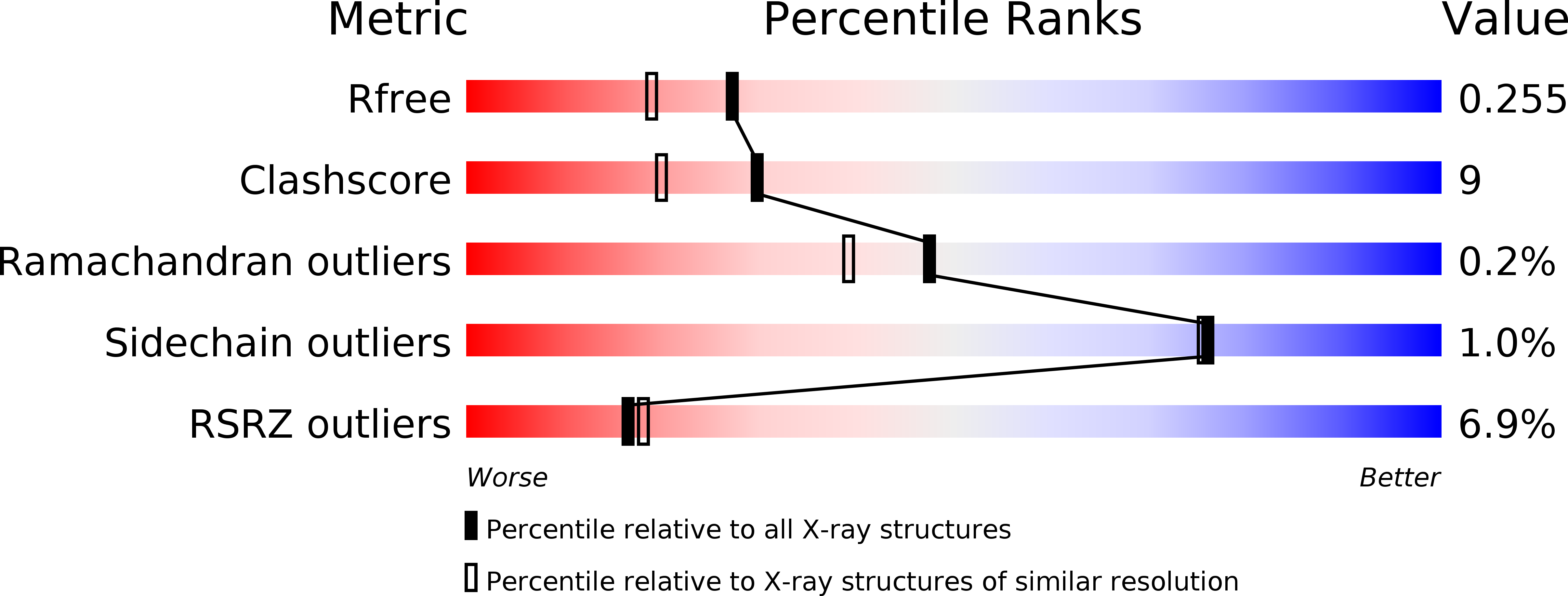
Deposition Date
2018-04-01
Release Date
2018-11-28
Last Version Date
2024-05-08
Entry Detail
PDB ID:
6G6O
Keywords:
Title:
Crystal structure of the computationally designed Ika8 protein: crystal packing No.1 in P63
Biological Source:
Source Organism:
synthetic construct (Taxon ID: 32630)
Host Organism:
Method Details:
Experimental Method:
Resolution:
2.05 Å
R-Value Free:
0.25
R-Value Work:
0.22
R-Value Observed:
0.23
Space Group:
P 63


